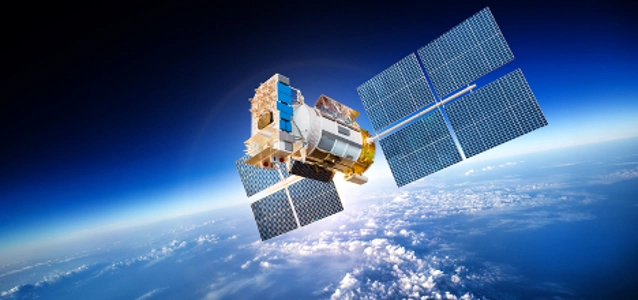
© cookelma dreamstime.com
Electronics Production |
Austrian technology on board NASA’s MMS mission
Yesterday (12-03-2015), NASA launched the MMS mission for studying the Earth's magnetosphere – with Austrian technology on board.
Under the guidance of the Space Research Institute for the Austrian Academy, RUAG Space in Vienna developed and delivered the control and power electronics for two instruments travelling along on the four MMS satellites. While the ASPOC instrument monitors and compensates for the electrostatic charge of the satellites, the EDI instrument will measure magnetic and electric fields. The four satellites were mounted on an Atlas rocket and launched from Cape Canaveral in Florida for 30 months of investigative work in space.
Our planet is enveloped by a magnetic field, which is essential for life on Earth. But life is only possible because of the magnetosphere, a magnetic shield that regularly protects us from high energy particles hurled into space by the sun. Therefore, precise investigation of the magnetosphere is of very great importance to science.
As the successor of the successful ESA mission cluster launched in summer 2000, of which its four satellites are scheduled to remain active until the end of 2016, NASA's MMS (Magnetospheric MultiScale) mission will examine the dynamics of the Earth's magnetosphere and its underlying energy conversion processes. MMS shall measure the charge of magnetic storms and phenomena such as the aurora's physical processes. It is expected that MMS data will deliver more extensive knowledge about the Sun and its influence on the Earth and the entire solar system.
One of the instruments to be used on board is the electron drift instrument EDI that, with the help from two offset, weak electron beams, can measure the magnetic and electrical fields in the satellite's vicinity. Two of these instruments are mounted for this purpose on opposing sides of each of the four MMS satellites.
The Swedish unit RUAG Space AB in Linköping delivered the mechanical system for the mounting and subsequent controlled release of all four MMS satellites on the nose of an Atlas rocket.



